Washing Cutting Boards with Dish Soap
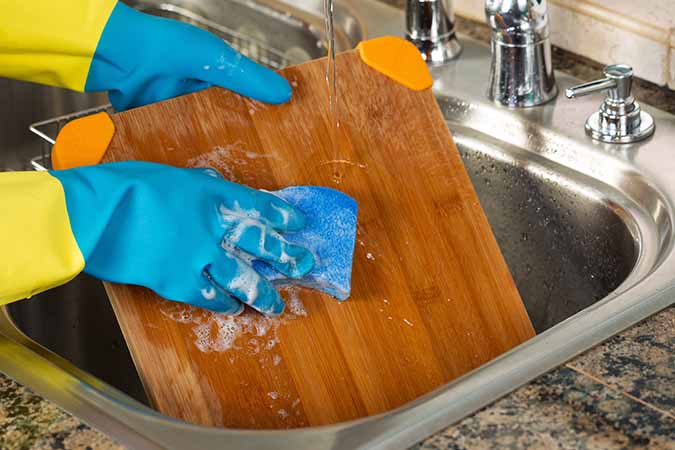
Dish soap and hot water is great for some stuff, but cutting boards? Think again. While it removes the visible food and debris, it doesn’t do anything to clean the microscopic food and bacteria that are lingering in the thin cuts made while you use it. The bacteria can transfer to your food and make you pretty sick.
Instead, soak the cutting board in a mix of hydrogen peroxide or bleach (two tablespoons per gallon of water). Rinse with water and dry. Also, don’t put it in the dishwasher as this could warp the cutting board.
Not Cleaning the Toilet Enough

Cleaning the toilet is a long process when done correctly. While it’s fine to dust and do a little scrubbing most of the time, you can’t just leave the little facets undone. All those little crevices attract gnarly bacteria that can make people pretty sick.
If you can’t fit a washcloth in the little nook, get a toothbrush, or just take the piece off! You’d be surprised how easily a toilet can come apart and piece back together. A clean toilet is a happy family.
Using the Same Wash Cloth Everywhere
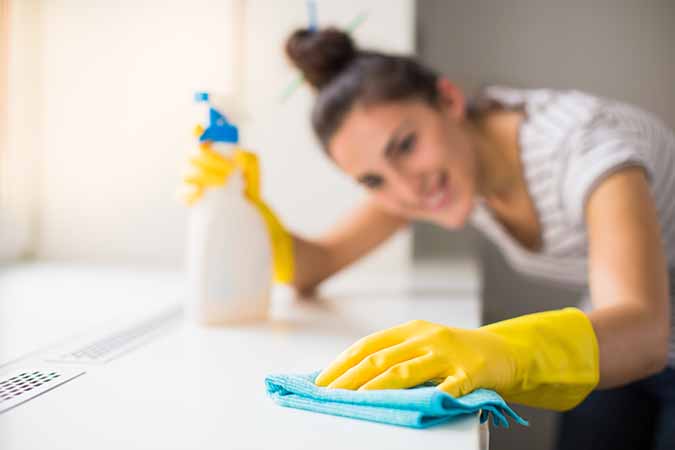
True, you’re spraying it down with a cleaning solution, but that doesn’t mean it’s 100% clean. Using the same cloth around the house risks spreading that grime and bacteria around your home.
For example, let’s say we clean the countertops in the kitchen, and then move into the bathroom. Well, any bacteria that was in the kitchen is now in the bathroom! It’s best to swap washcloths or cleaning wipes between surfaces.
Putting Non-Stick Pans in the Dishwasher
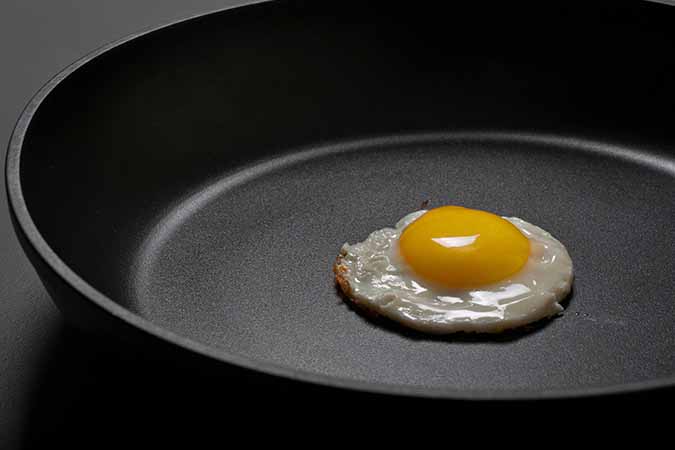
Pots and pans are expensive, so you want to keep them as long as humanly possible. Did you know that you can extend the life of your non-stick pans by hand washing them? While the hot water in a dishwasher is great for cleaning, it can wear down the non-stick coating after a while.
A bit of dish soap and warm water should be all you need to get it squeaky clean. While you can use the scrubby side lightly, the non-stick surface should allow food to easily slip from the pan without too elbow grease.
Missing Seams
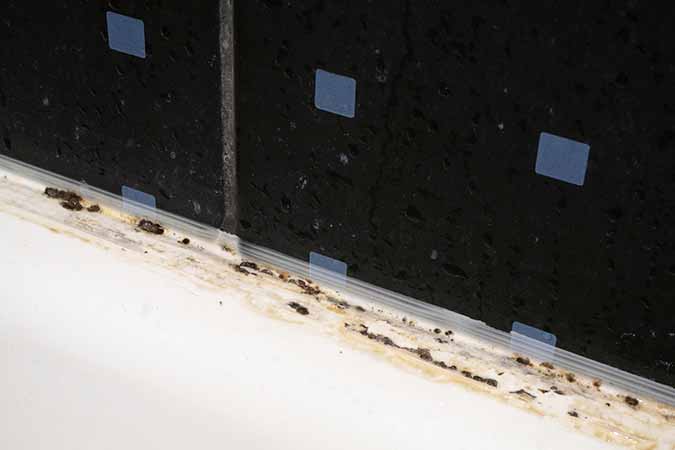
So, you’ve cleaned your entire house, and it’s spotless! Think again. Unless you’ve scrubbed at the seams, you could still be susceptible to dirt, grime, and bacteria. We’re not saying you have to go over all the seams in your tire home, but it’s essential to remember to get seams in your kitchen and bathroom.
These two locations can be a haven to some of the worst germs out there. Missing a little seam in your shower could end up with a bunch of black gunk or mold. Not to mention, these crevices are perfect spots for soap scum!
Washing Windows on a Sunny Day
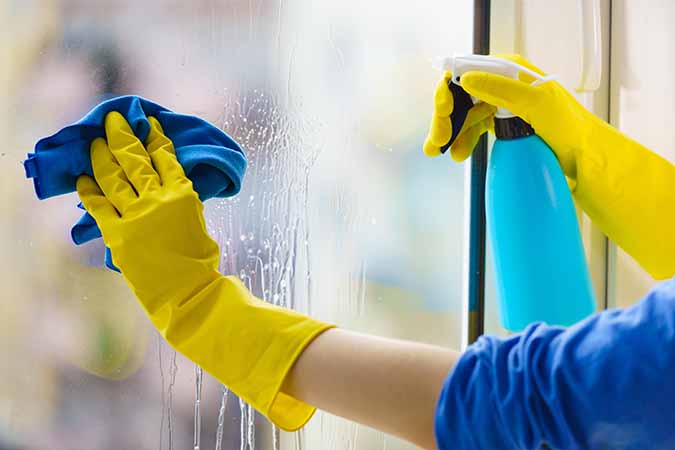
A sunny day seems like the perfect time to clean windows, right? You can see all the little watermarks and dirt! Well, the contrary is actually true. Washing windows on a warm, sunny day cause the water and cleaning solution to evaporate before you’ve had time to finish cleaning.
Thanks to this evaporation, you’re left with is a bunch of streaks and product build-up. That’s not exactly the crystal-clear glass you had in mind. Instead, wait for a cooler day when it’s just a little cloudy. Alternatively, you can clean your windows at night.
Allowing Paper to Stack Up and Accumulate

It’s easy to let paper accumulate between banking statements, bills, newspapers, and whatever school papers your kiddos bring home. All those papers may not seem like much, but they’re a fire hazard. Plus, they’re also an attraction for bugs that have snuck into your home.
Instead of letting it pile up all over the house, create a designated place for all those items. Don’t be afraid to get a filing system going! Then, once a week, go through and toss anything that you don’t need. If it needs action, get it done so you can get rid of the papers.
Not Cleaning the Toilet Brush and Plunger
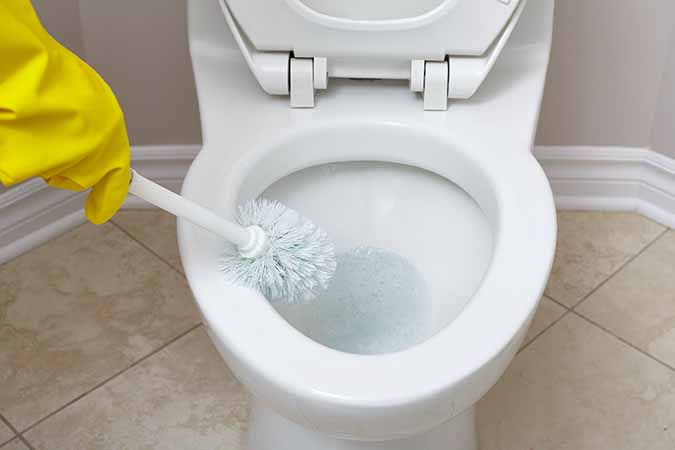
The plunger needs to be cleaned for obvious reasons. The toilet didn’t clog itself, right? As far as the toilet brush, many people think that you dip it in cleaner to clean the toilet, but there’s more to it.
There could be debris and bacteria still on the brush. Thoroughly clean it with bleach before putting it back its little holster. That goes double for any time the plunger is used. Clean it with bleach or another cleanser before putting it back where it belongs.
Scrubbing Carpets
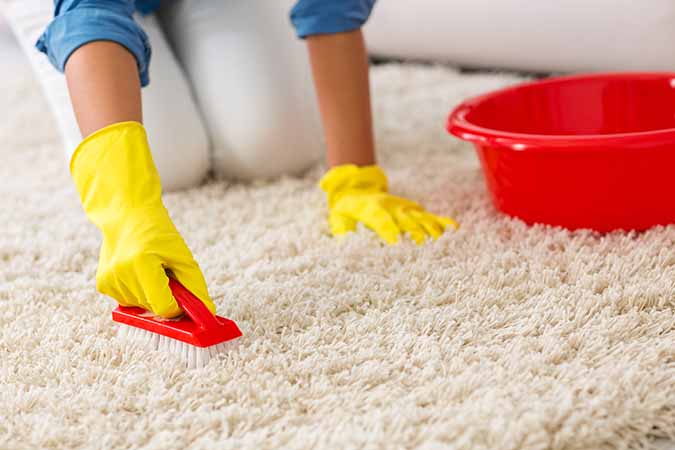
Scrubbing is great for cleaning dishes, but carpets and rugs? Not so much. When you rub, you’re running the risk that you’ll bury it deeper into the fibers. Plus, you could damage the fibers, making the fabric weaker.
Instead, apply a stain cleaner and blot with a wet towel. Blotting pulls the stain out without damaging the carpet in the process. Keep blotting until the stain is gone. It may take a bit, but your carpet will thank you.
Spraying Cleaner Directly on a Surface
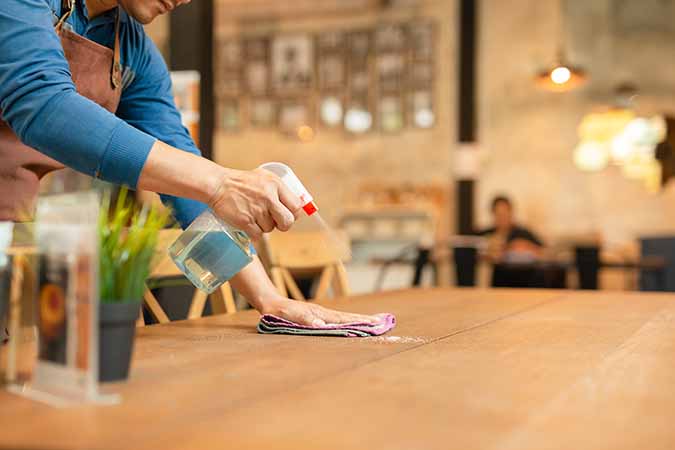
It may seem easier to spray cleaner directly onto the surface that needs cleaning, but it’s a terrible habit. Some surfaces need to be cleaned carefully, and detergents can be harsh. Over time, this could cause major damage to your furniture.
Spraying cleaner on a surface also releases more chemicals into the air, which could harm your lungs or irritate those with asthma or allergies. Instead, spray the cleaner directly onto a cloth.
Using Too Much Product

Using too much of a single product could do more harm than good. For example, if you use too much laundry detergent, the washer may not be able to properly rinse away the soap. The residue then becomes a net that traps soil and sweat. Never use more product than specified.
This can happen with cleaning products, too. Say you’re cleaning your counter, and you used too much product. If your washcloth or wipe doesn’t wipe up all of the product, it’ll create a film that attracts bacteria and grime.
Making the Bed Too Often
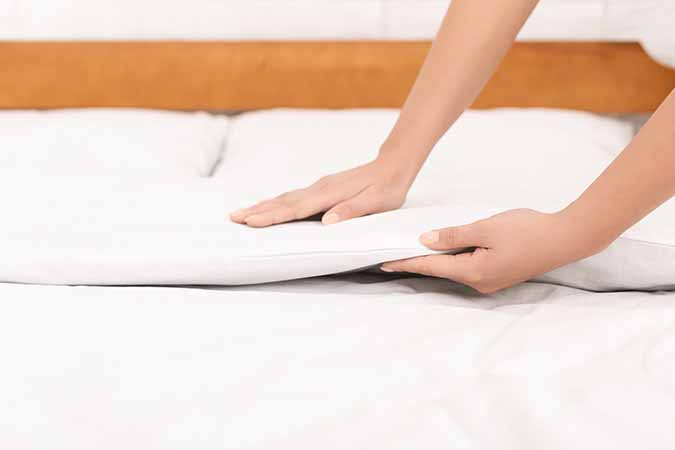
Everyone says to make your bed after you get up in the morning. Doing so gives you a sense of accomplishment and makes your room look that much more put together. Well, new cleaning rules have suggested that you should leave it pulled back.
When you make your bed, you’re trapping bacteria, dust mites, and moisture inside. This creates the perfect environment for bacteria and bugs—both bedbugs and dust mites. Leave the covers thrown back so your sheets can properly dry out.
Forgetting to Clean the Vacuum
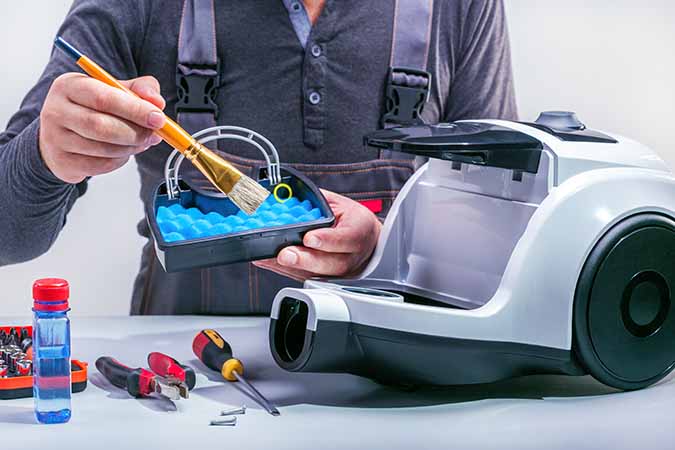
Vacuums have a big job. They have to pick up all the dirt, dust, and pet hair everywhere in the home. Like with any cleaning tool, they need to be cleaned and maintained to keep it working at its peak performance.
Hair can wind its way into the rollers, making it difficult to pick up anything. If your vacuum has a filter, be sure to remove it and clean it (or replace it) to ensure the dust stays inside the dirt canister.
Tossing All Kitchen Tools into the Dishwasher

The dishwasher seems like a magical thing, but it has limits. Small kitchen tools are difficult to clean because they have a ton of nooks and crannies that the dishwasher can’t blast with water. This is your garlic presses, zesters, cheese graters, and other small tools.
If these little things aren’t cleaned properly, it’s a breeding ground for mold. That’s the last thing you want in your food next time you use it! It’s best to hand-clean these little tools. You can even toss it into the dishwasher and then handwash it for an extra clean.
Being Impatient
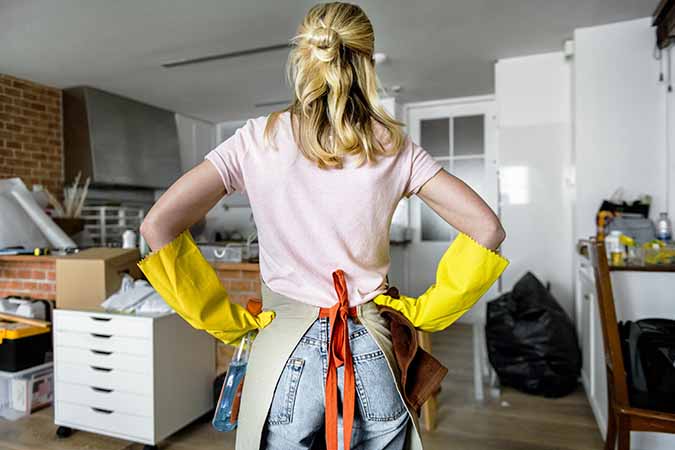
Some cleaning products take a lot of time to begin working, especially for homemade cleaning products. One of the best things you can do for cleaning products is to let them sit for a few minutes. Most packaging will let you know how long to let it sit, but it’s usually around five minutes or so.
Not to mention, letting the product sit for the proper amount of time makes cleaning caked-on messes much easier. Most are designed to eat away at the mess before you begin wiping. Just make sure to read the instructions before letting it sit!
Forgetting the Shower Curtain and Liner

We’re not saying you have to clean your shower curtain and liner every time you clean the bathroom but occasionally will do a lot of good. Even if it doesn’t look like it, the shower curtain and liner can get pretty gross. It’s also a magnet for soap scum, making it easier for bacteria to latch on to.
How often you should wash your shower curtain and liner depends on how often you use it. If you have several family members that use it regularly, cleaning it once every two weeks may be best. For fewer household members, once a month is ideal.
Wearing Shoes in the House

Have you ever thought about what you walk on while outside? While most of us aren’t walking through dog poop, you probably have no idea what all you’re stepping in. You probably step on bird poop, all sorts of bacteria, and even bugs! That’s a lot of stuff to bring into your home.
No matter where your entry is, take off your shoes. Provide everyone a bench or chair for easy shoe removal. You can also put a shoe tray or shoe rack near the door for easy access. This will keep mud, dirt, debris, and bacteria away from the rest of your home.
Storing Cleaner Improperly
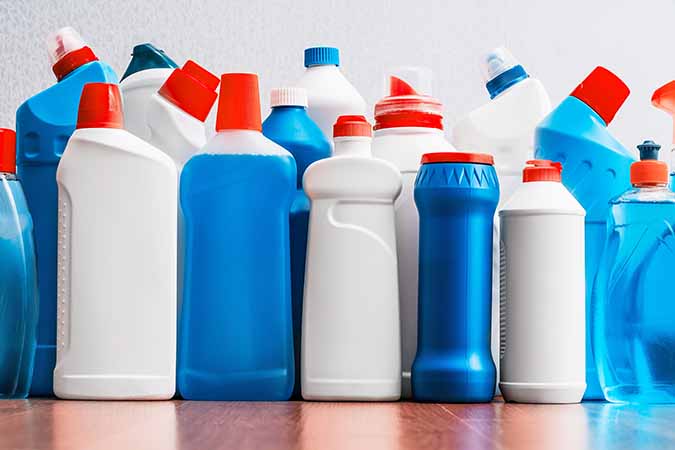
How often do you postpone cleaning for the sole fact that you have to find everything to get started? If you’re like us, the worst part of cleaning is gathering everything together. While this one doesn’t directly cause a dirtier house, it’s still important to store your cleaner correctly.
Throw everything in a bucket or a little basket, so you have it ready to go when you need to get your hands dirty. By having everything together, you won’t have to look for half an hour before starting!
Flushing the Toilet with the Lid Open

Flushing the toilet with the lid open is a huge no-no. Did you know that water from the toilet can spray up to six feet in the air—six! That means whatever was inside of the bowl could get on toothbrushes, hairbrushes, and any cosmetics in the room.
Every time you flush, close the lid. On top of that, close the toilet lid every time you clean. You’ve just scrubbed everything free, and now you want it to go down the drain instead of on your counter.
Overloading the Dishwasher
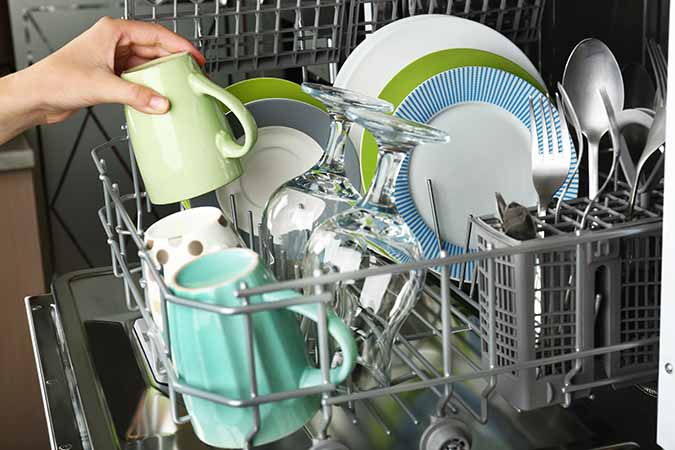
Dishwashers are literally one of the best appliances in a kitchen…unless they’re over-filled. They’re not designed to wash two dozen dirty plates, 30 cups, and massive bowls all at once. Overloading the appliance won’t give the water enough room to clean each dish thoroughly.
When dishes are cramped, it’s unable to cycle, and you’ll end up with dirty dishes. It’s better to have a load that’s not full enough than one that’s too full!
Skipping the Sink
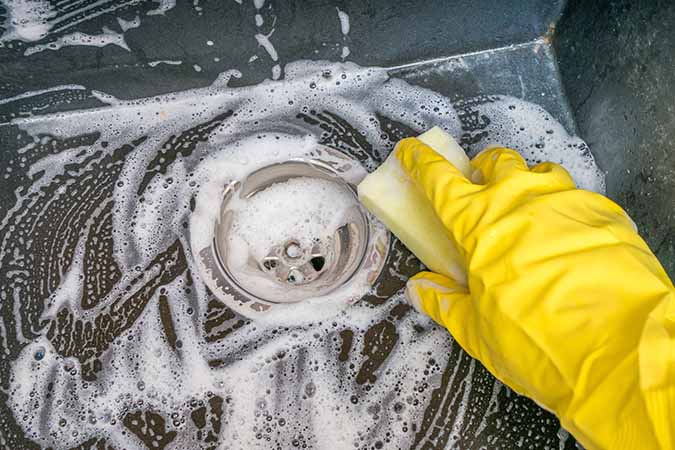
Sinks may have cleaner and dishwashing liquid sloshing around, but that doesn’t mean they’re clean. They’re breeding grounds for germs and bacteria. Food particles tend to get stuck in seams, often surrounded by water.
While this is a major problem for anyone with a garbage disposal, it can also happen in sinks without one! Wipe down the sink after each use, and deep clean it once a week.
Cleaning from the Ground Up
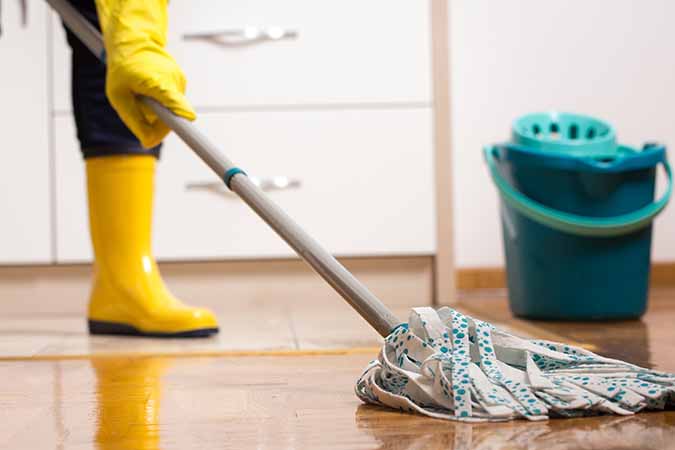
Sometimes, our first instinct is to sweep the floor or vacuum before cleaning furniture, but resist! After you clean the furniture and the countertops, there will likely be stuff all over the floor. Then, you’re forced to clean it again.
Instead, clean a room from the top down. Start with windows, then work down to dusting shelving and knick-knacks. Then finally, make your way to tables, chairs, and couches. The last thing you should clean should be your floor.
Ditching Rubber Gloves

The bright yellow cleaning gloves aren’t just for professionals. Gloves provide a barrier between your skin and the cleaner. Harsh chemicals can damage your skin and dry it out, making it more susceptible to germs.
Rubber gloves are designed to protect you and your skin from all the dirt and bacteria that you’re cleaning up. Before you start cleaning, always don on a pair of gloves! If you don’t like the yellow color, there are tons of different designs and colors you can choose from nowadays.
Using Newspaper to Clean Windows

We’ve always heard that cleaning with newspaper is ideal since it doesn’t leave streaks like classic towels. While this is partially true, have you ever tried it? You run into a quick problem: the ink. The ink will begin to seep from the paper once it’s wet.
That wet ink then spreads to your windows or whatever you’re cleaning, making it look terribly streaky. The best thing to use when cleaning the windows? A brown paper bag. It’s lint-free and has all the benefits of newspaper.
Soaping Up Cast Iron
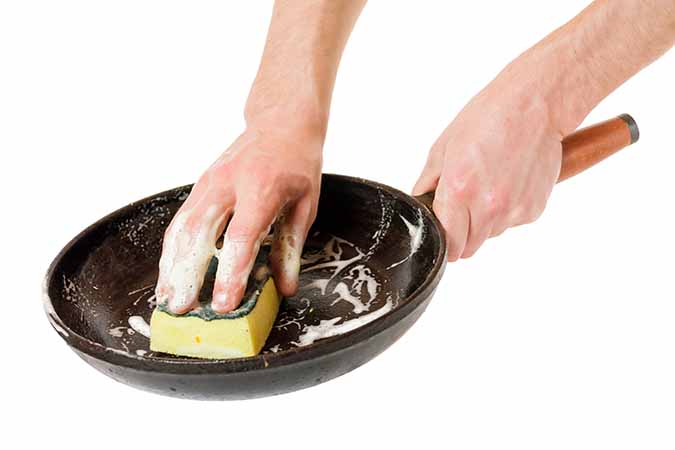
Nothing is better than a good, seasoned cast iron pan. It’s an invaluable tool, and it’s essential to know how to care for anything made of cast iron. Unlike any other pan in your kitchen, you can’t use dish soap on cast iron.
The soapy water removes the “seasoned” layer, which is what makes the food taste good. It’s also the layer that prevents food from sticking to the pan. It’s essential to learn how to care for cast iron. It’s harder than regular pots and pans, but oh-so worth it.
Over Filling the Vacuum

Vacuums only work as good as you let them. If the canister is full, then it can’t suck up and store the dirt and dust you’re going over. A full canister can also decrease the amount of airflow, and it can also put stress on the motor—meaning it’ll eventually die.
Try to make it a habit to empty your vacuum canister after you use it, and when it’s halfway full during use. The job will get done quicker and more efficiently. Plus, your vacuum will last longer.
Failing to Air the House Out
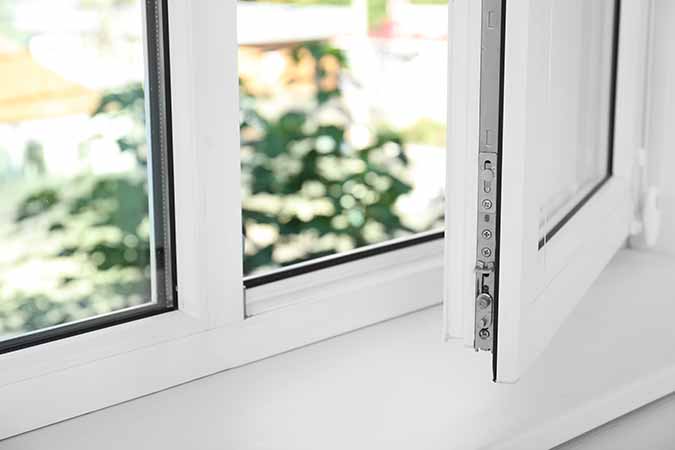
Watch out for your lungs! Some cleaner can be pretty harsh, so you want to prevent your lungs from getting damaged during your deep clean. Things like bleach can be especially toxic if used in large quantities.
Make sure to air your house out and leave the windows open while you’re cleaning. It also wouldn’t hurt to wear a mask in places without windows, like the bathroom.
Hoarding Food in the Fridge
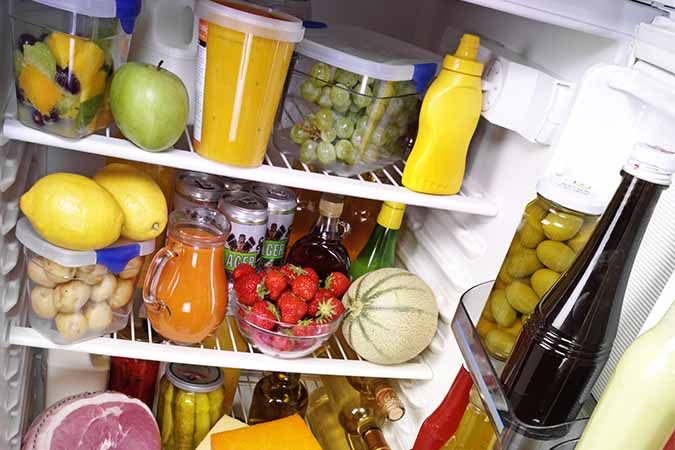
While we want to believe making leftovers and throwing them in the fridge for easy access is a good plan, it may not be. Does anyone actually eat the leftovers? If the answer is no, then you shouldn’t bother saving them in the fridge.
Unless the food is consumed, you should just toss it. Improperly stored food can encourage bacteria growth and mold. Even if something is fresh, storing old food next to new food could cause it to rot despite the fact you just bought it! Cleaning out the fridge is a big task, but it’s easy when done once a week.
Not Reading Instructions
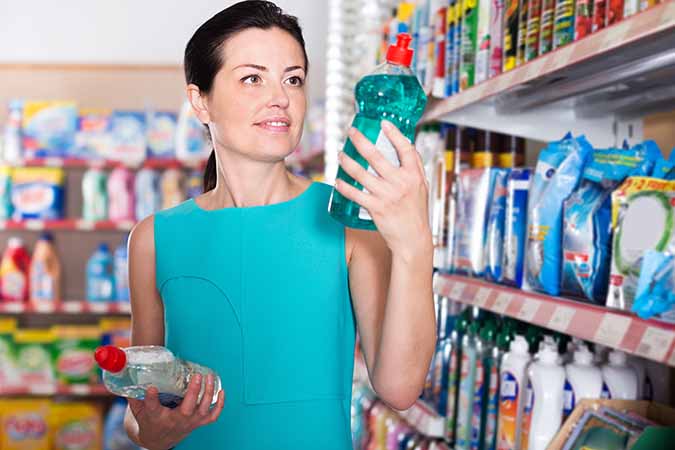
Some cleaners have specific instructions. For example, a stain remover may suggest that you scrub the cleaner into the stain for five minutes. Then, let it sit for 30 minutes before putting it into the washer. However, another stain remover may work immediately but can harm fabrics like silk or wool.
One of the biggest mistakes we all make is assuming all cleaners are made the same. They’re not! When you buy a new brand or product, flip the bottle over, and read the instructions. Otherwise, you could be wasting the product and flushing water down the drain.
Using Furniture Polish on Non-Wood Furniture
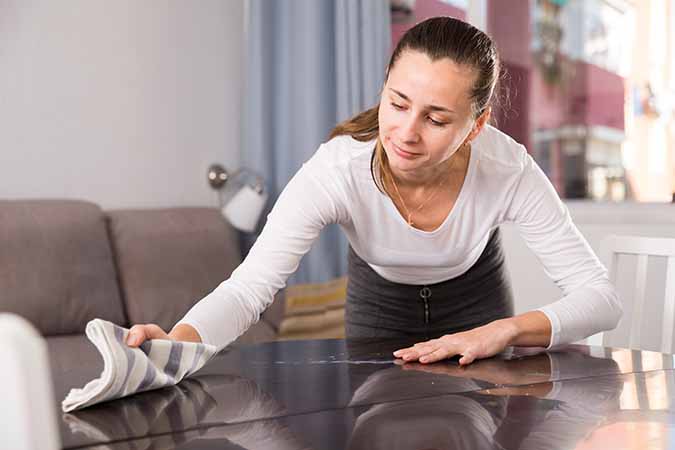
Furniture polish has been around forever, and it makes our tabletops look amazing—if they’re wood. The thing about furniture polish is that it’s only designed for wooden pieces.
Back in the day, furniture was all made of wood, but now it’s different. There are so many materials that it’s difficult to know what your chair is made of! If it isn’t wood, a dampened washcloth with a cleaning solution will get the job done just fine.
 Author
Rachel Downs
Last Updated: May 19, 2025
Author
Rachel Downs
Last Updated: May 19, 2025
